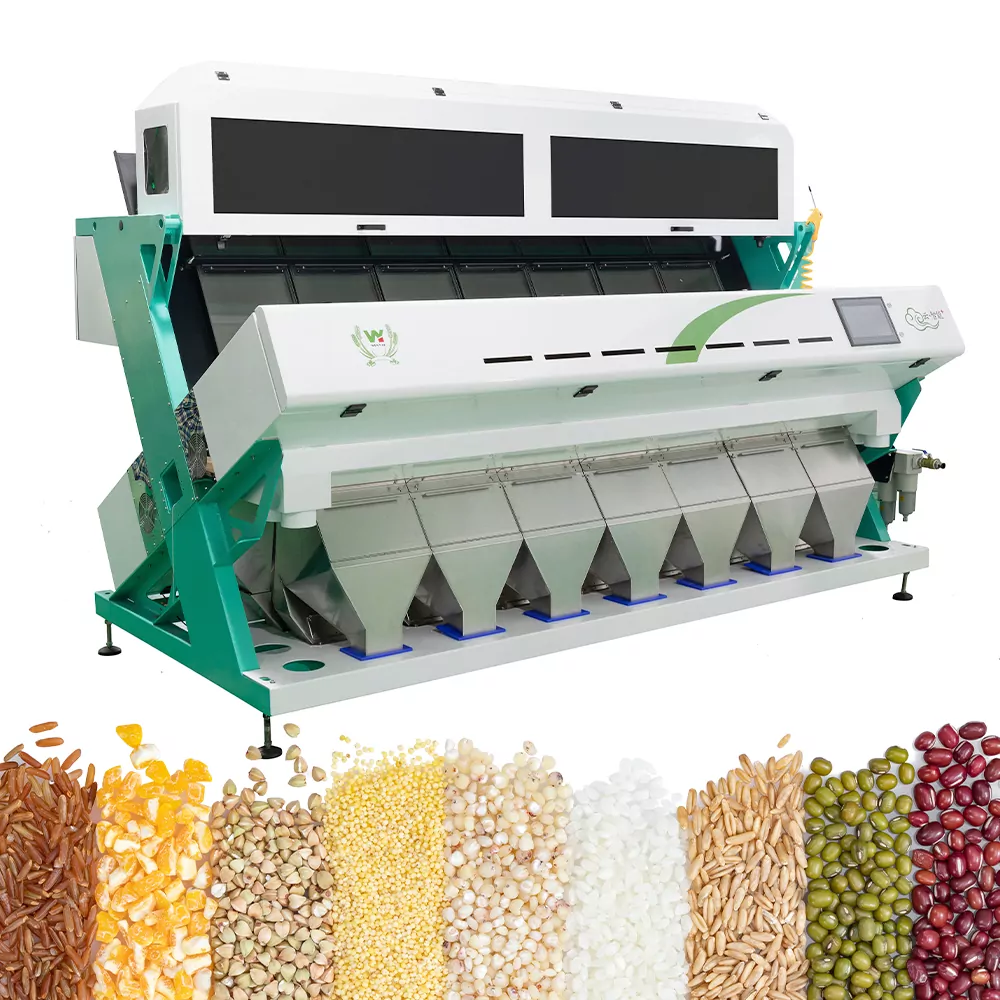Introduction to Juvederm Ultra Smile
When it comes to enhancing your natural beauty, the right products can make all the difference. One standout option in lip enhancement is juvederm ultra smile. Known for its smooth consistency and high-quality formulation, it’s specifically designed to create fuller, more defined lips while ensuring a subtle, natural look. Whether you’re preparing for a special event or simply wanting to boost your confidence in daily life, juvederm ultra smile can make that transformation seamless. Imagine walking into a room feeling empowered, with lips that beautifully frame your smile and leave a lasting impression.

Why Choose Juvederm Ultra Smile for Lips
So, why opt for juvederm ultra smile for lips? This product is crafted with hyaluronic acid, a substance naturally found in the body, which means it’s not only effective but also safe. Its unique formulation adapts well to facial dynamics, allowing for natural movement and expressions. Beyond aesthetics, many users report increased hydration in their lips after treatment, making them appear healthier overall. Each application is customizable, meaning whether you desire a subtle enhancement or a more dramatic change, juvederm ultra smile caters to your preferences, giving you the power to dictate your ideal lip look. Additionally, the longevity of results can keep you smiling for months, typically lasting up to a year.

Convenience of Online Purchasing
Ready to take the next step? You can easily buy juvederm ultra smile online without any hassle. The online purchasing process streamlines your experience, allowing you to explore product details and read customer reviews from the comfort of your home. This accessibility is particularly beneficial for those new to cosmetology or eager to compare prices and brands effectively. With just a few clicks, you can have this premium product delivered right to your doorstep. Plus, many online retailers often provide exclusive deals and discounts, enhancing the value of your purchase. Consider the convenience of shopping online; you save time and often find better selections, ensuring you have the edge in enhancing your beauty routine.
Final Thoughts
In summary, juvederm ultra smile is an exceptional choice for anyone looking to enhance their lip fullness and appearance. From its high-quality formulation to its natural results, this product stands out in the market. If you’re considering a trustworthy source for your cosmetic needs, I highly recommend MJS Trading Limited. They offer advantageous supply options and a commitment to quality, making them a reliable partner in your beauty journey. With MJS Trading, you not only gain access to premium products like juvederm ultra smile but also receive reliable customer service that can guide your purchasing decisions.









